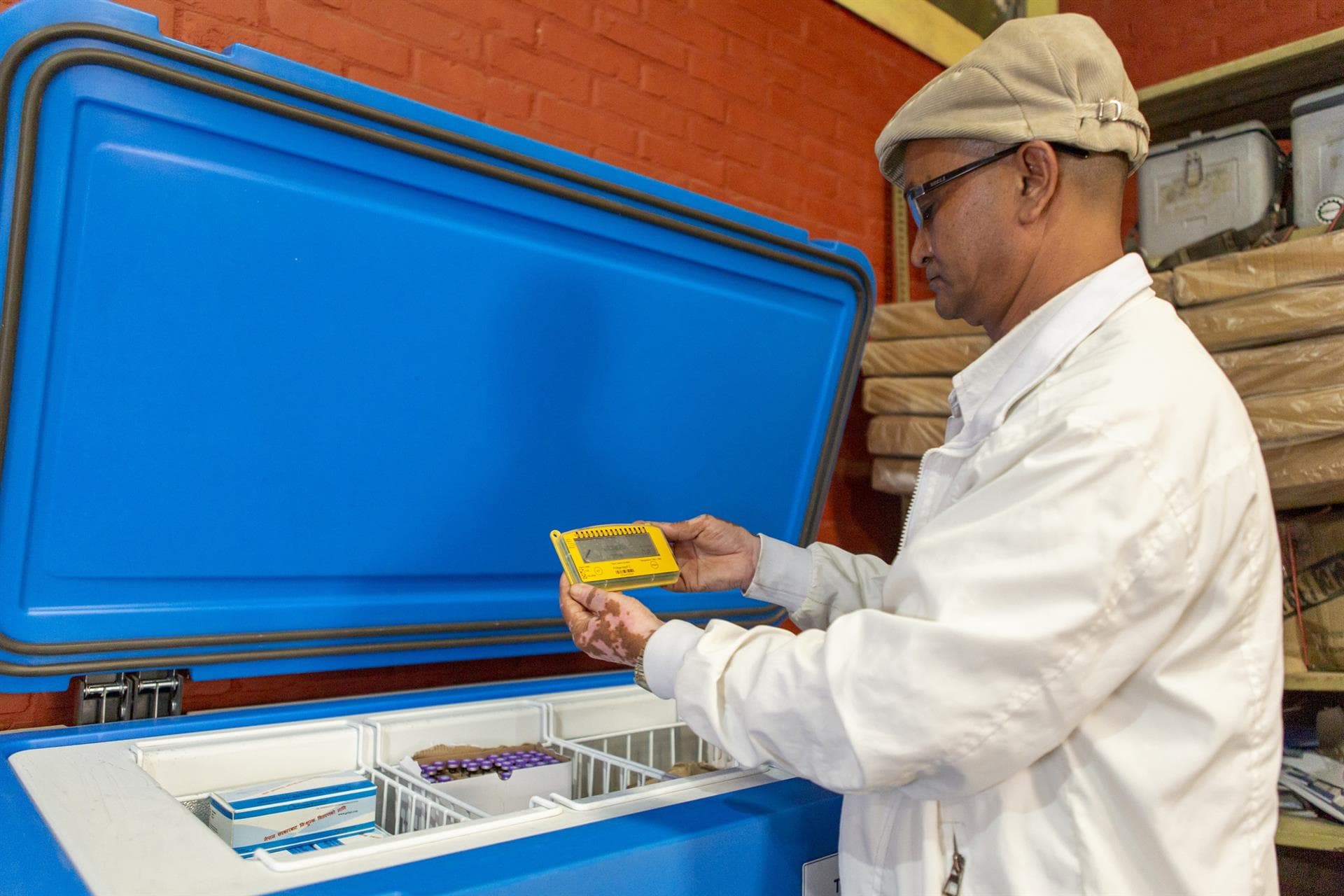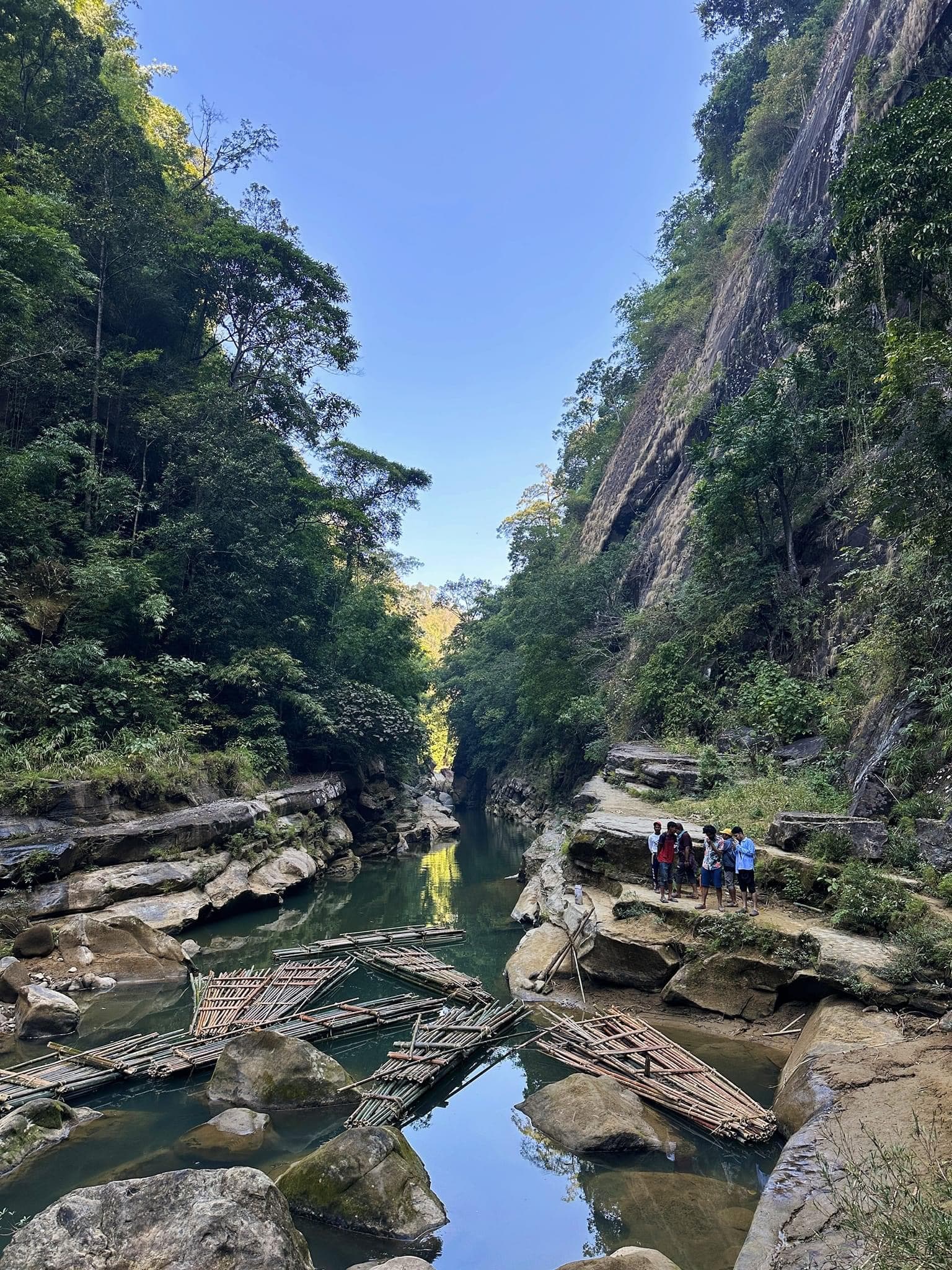

The concept of "metaverse" – a virtual world where users can interact with each other – was incorporated in the 1992 cyberpunk book Snow Crash, written by Neal Stephenson. This ever-evolving technology has been a catalyst for significant changes across all domains, but the field of metaverse education remains in its infancy.
E-learning's advent may be traced back to the 1990s; however, its worldwide acceptance has been significantly expedited by the onset of the Covid-19 pandemic. Effective education depends on the ability to engage learners, as enhanced participation correlates with higher retention of newly acquired knowledge.
A substantial body of evidence indicates that e-learning may not always be significantly effective in several developing and least-developed countries, including Bangladesh. Worth noting, there exists a regional (urban, semi-urban, and rural) digital divide in education, as a result of unequal access to devices and internet connectivity across regions. This divide has implications for the overall quality and equity of access to education.
The biggest catalyst for stimulating engagement lies with the virtual learning prospects of the metaverse. The utilisation of a virtual and fully-engaging digital environment has the potential to change the education sector.
Despite limited resources and barriers of physical distance, everyone may engage in metaverse-based education if they have access to a basic internet connection and an appropriate device. To reach this goal, the electronics, which may include smartphones and virtual reality (VR) headsets, should be affordable. Regardless of their actual location, students may participate in courses, communicate with instructors and peers, and get involved in collaborative learning experiences via the metaverse. The integration of virtual simulations and real-world interactions inside the metaverse may serve as a helpful complement to hands-on instruction.























